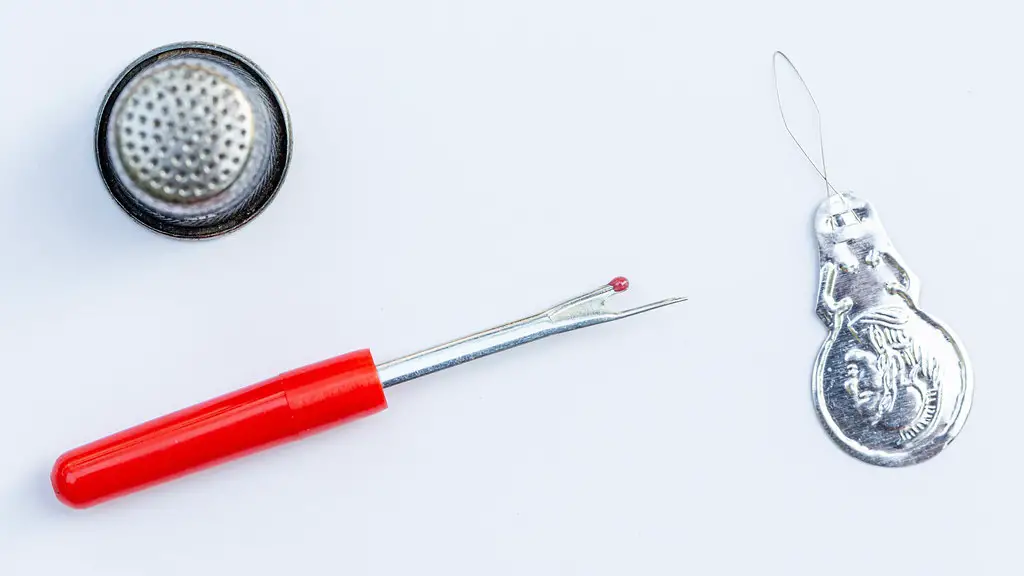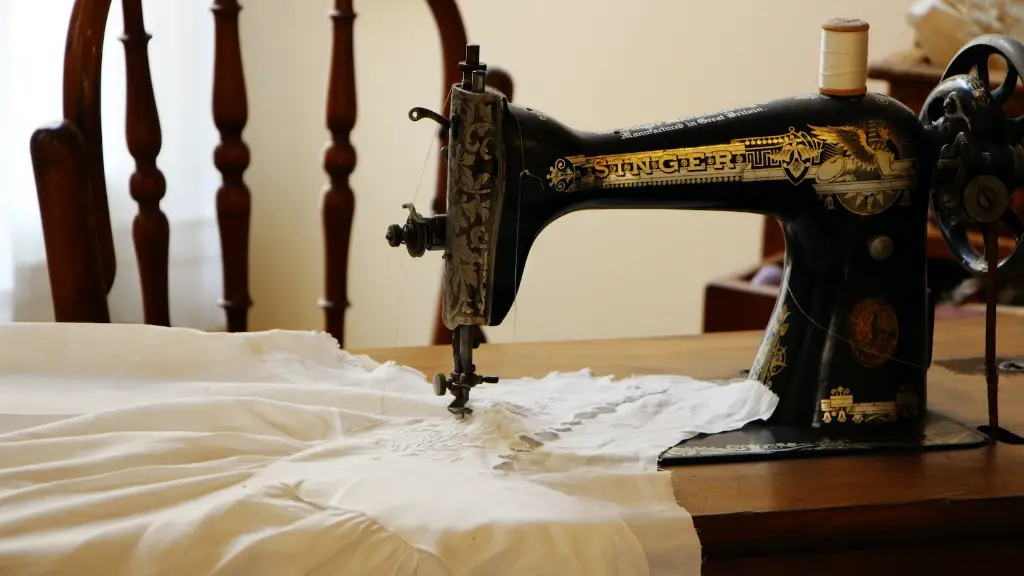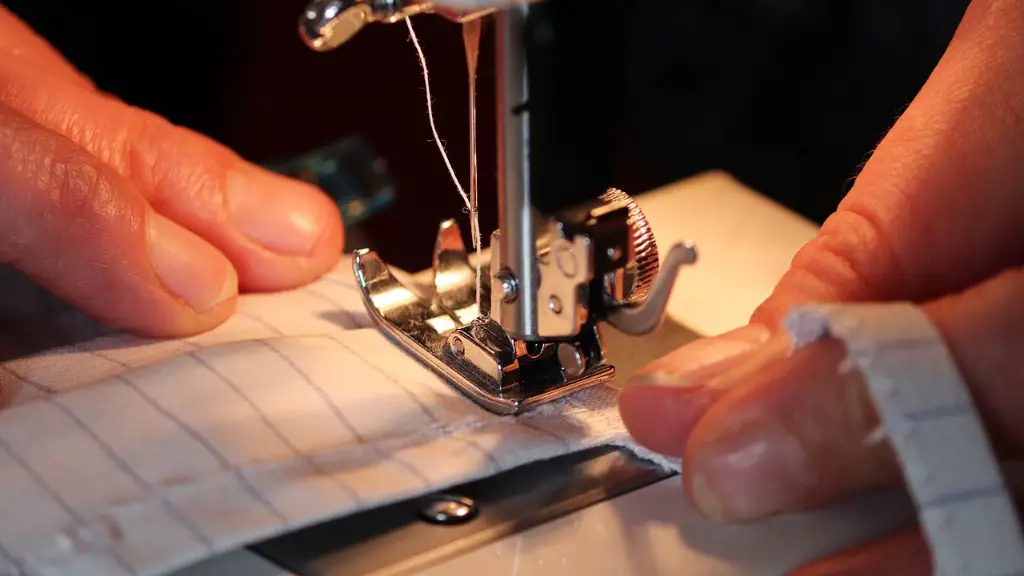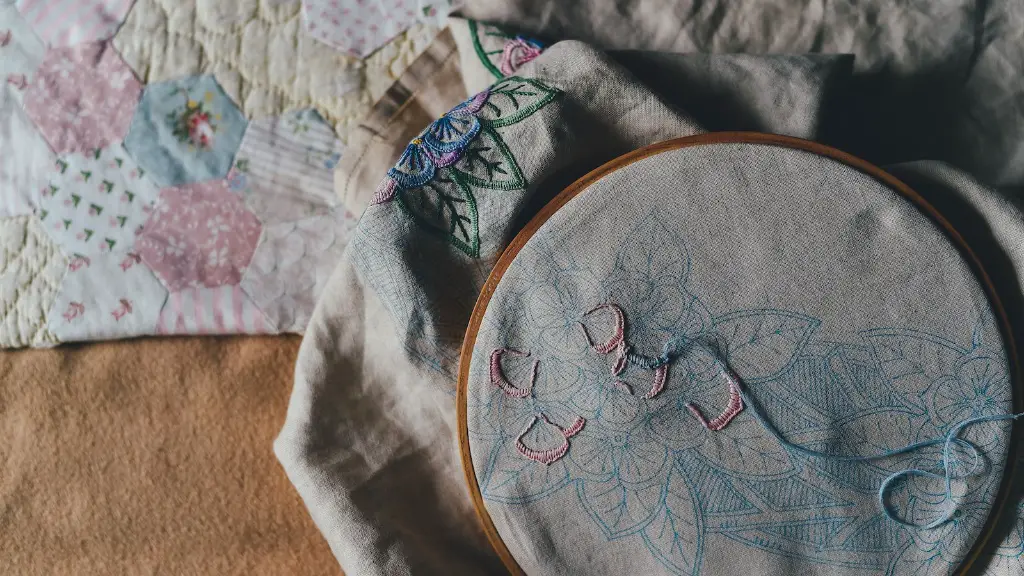Identifying Your Vintage Singer Sewing Machine
Any sewer who owns a vintage Singer Sewing Machine should know the correct way to identify their model. Whether the item has been passed down through generations of your family, or if you recently purchased it at a garage sale or thrift store, being able to accurately identify your Singer is an important part of its ownership.
Identifying a vintage or antique Singer Sewing Machine is relatively easy to do, providing that you have access to the right resources. The experts advise that the best place to start is by familiarizing yourself with the different models of Singer machines. Knowing the style, colour and type of machine you own will make the process of looking for the exact model much easier.
The first thing to look for is the Serial Number – it can be located on the back of the motor, or on the bottom of the machine line on the base. It consists of a combination of letters and numbers that will tell you the exact year the Singer Sewing Machine was manufactured. There are tools online that match the letter and numbers of the serial number to the exact year it was manufactured. This will narrow down the possibilities of what model of Singer you have.
Once you have determined the basic model of the machine, the next step is to compare it to the many general images that are available. The designs, colors and features of Singer Sewing Machines will change throughout the years, and by comparing the features of your existing machine to the images you can get an accurate match of your model of Singer.
Once you know the model of the Singer, you can search for spare parts, manuals or even a user guide if you are planning to repair it or if you need advice on how to use it. It is also important to know what the approximate age of the machine is in order to determine any need for a major repair. A user guide will inform you of the sewing machines capabilities, what type of needles and threads it requires and details much more useful information that can help you to use the machine more efficiently.
Many experts advise that it is also important to look for the ‘Singer Sewing Machine Company’ logo. It is possible to purchase a counterfeit machine and this logo will confirm the authenticity of your item. Authentic Singer Sewing Machines will always have the Singer name either printed on the machine or moulded directly onto the machine itself.
What is the Value of Vintage Machines?
The value of a vintage Singer Sewing Machine is determined by its style, model and condition. The older, rarer and more collectable the machine is, the more expensive it is likely to be. The condition also plays a role in determining the value of a vintage Singer, so it is important to examine all elements of the machine before making a value judgement.
The price of a vintage machine can increase significantly if it is considered to be a ‘rare’ model. Desirable machines with fancy embellishments and beautiful designs can push the value up even more. Machines working with many of their original parts are also more valuable.
Collectors must be careful to avoid over-paying when researching how to identify a vintage Singer machine. It is important to factor in the cost of repairs when looking at the overall cost of the item. It can be difficult to find parts for some of the older machines, and repair costs should be taken into account when determining the true value of a vintage Singer.
It is also wise to be aware of any potential fakes that may be on the market. Knowing the period of the machine, where it originally came from and comparison to original photos will help to identify a genuine Singer sewing machine.
Where Can I Find Parts for Vintage Singers?
Finding replacement parts for a vintage Singer Sewing Machine is becoming increasingly more difficult – the demand for parts has gone up as the popularity of vintage sewing machines has increased in recent years. As more and more people want to upgrade and repair their vintage Singer Sewing Machines, the need for new parts has also increased.
The easiest and cheapest method is finding old Singer Sewing Machine parts online. Facebook Marketplace, eBay, Etsy, and even Amazon have an abundance of recycled parts available either new or used. It is however, advised that buyers should thoroughly check the product description before making a purchase, to ensure they are buying the correct part.
It is also possible to find original spare parts from the Singer Sewing Machine Company, or from Singer-approved retailers. The prices can be higher, but the parts are less likely to be defective and have a higher likelihood of fitting the machine.
One of the best ways to source vintage Singer parts is to look for them in a local vintage sewing shop. Many vintage firms buy and sell sewing machines, and they should have access to a range of discounted parts associated with the different models of Singer machines from older decades.
How to Get a Vintage Singer Machine Repaired
If you own a vintage Singer Sewing Machine that needs repairs, the best option is to seek advice from a qualified technician. Depending on the issue, it may be cheaper to have the Singer repaired instead of buying a new machine with all the modern-day features.
The cost of repairs can vary greatly – depending on the parts that are needed and the complexity of the repair. It is recommended to research the cost of the labor involved in carrying out the repairs. Beware though – some vintage Singer dealers and repair shops can be expensive. Doing comparison of the companies in your area before agreeing to repairs can be a great way to save money on the cost of labor.
You should also look into repairing the Singer Sewing machine yourself. There are a range of Singer repair and maintenance tutorials online, and with the right tools and expertise it is possible to fix a vintage Singer Sewing Machine from your own home. Many experts however advise that if the issue is complex or if the machine needs a lot of work, it is best to leave it to the professionals.
How to Restore Your Vintage Singer Sewing Machine
Restoring a vintage Singer Sewing Machine can be a rewarding and enjoyable experience, although it requires patience and elbow grease. It is important to remember that success often relies on the machine’s condition and the amount of repairs that need to be carried out.
The most important advice when it comes to restoring a vintage Singer is to research the resources that are available and to find original replacement parts. Cleaning the machine and its parts is one of the most important things to do – ensuring that all dirt and clutter is removed from the machine and its components will help to prevent further damage.
The next step is to lubricate the Singer machine by applying a few drops of oil to the moving parts. This helps to protect the machine and reduces the wear of the components. It is recommended to use a light oil such as sewing machine oil, rather than a heavier oil as this could damage the machine. Checking the tension and pressure of the Singer will also help it operate more smoothly when using it.
The cabinet should also be addressed. If it’s wooden, it should be thoroughly cleaned, sanded and waxed to protect the finish. If it is made of metal, it should be treated with metal polish to bring the shine back. A common issue is rust. If rust is present, it should be removed with aluminium foil that has been dipped in rust remover, before being wiped down with a damp cloth.
What Accessories Should I Have for my Vintage Singer?
Owning a vintage Singer Sewing Machine can be a great experience. It is important to remember that taking care of the machine is just as important as using it. In order to use your vintage Singer more efficiently and get more out of it, it is recommended to invest in some accessories.
The basic accessories for every Singer machine include a spare bobbin, set of bobbins for backup, additional needles, as well as a selection of extra threads, to accommodate multiple colors and types of fabric. A walking foot is also able to provide better control of the machine and helps it to handle thicker fabric, while a free-arm is great for tackling smaller or trickier projects.
Buying a carrying case is also a great way to protect your machine while transportation. However, it is worth noting that vintage Singer Sewing Machines are heavier than modern machines and this should be taken into consideration when purchasing one.
Lastly, investing in a good book or user guide will also help get the most out of your Singer. It will provide detailed instructions on how to use the machine and how to maintenance it.
Tips for Storing Your Vintage Singer
When it comes to storing the Singer Sewing Machine, it is important to take good care of the machine and its parts. If left in a damp environment, the Singer is at risk of developing rust. It is also vital to keep the Singer away from dust and other debris, as this can hamper the machine’s performance.
It is useful to take notes and keep records to help in the future with repairs and maintenance. These notes should contain information such as when repairs were carried out, when the machine was last serviced, what parts were purchased, and other maintenance history.
It is also important to ensure that the machine is protected and stored in a safe place. Wrapping it in a blanket or cover to prevent dust and debris can help to keep it in good condition. Investing in a carry bag or plastic case to avoid any moisture entering the machine can help increase the life of the machine.
Finally, when not in use, it is a good idea to plug the Singer into an electrical socket. This helps to keep the power at a limit and provides the necessary energy to keep the machine running.





